Wetland Design
Of the various possible designs for constructed wetlands we chose the “free water surface flow” design. This type of constructed wetland is characterized by an open water surface and looks much like natural wetlands.
The length of the wetland is approximately 200 feet; the width circa 88 feet at the widest points. The combined area of the wetland is 0.39 acres. Treated sewage water is pumped to a 6,500-gallon surge/supply tank that allows discharge via valve controls into the wetland. The wetland is designed such that water moves through the system by gravity flow from north to south. Passing through three basins, the water discharges back into the neighboring treatment lagoon.
As water from the supply tank enters the first wetland basin, it flows over a rock cascade. This process adds oxygen to the water, which facilitates oxygen-requiring treatment processes. The plants in the basin take up pollutants from the water through their roots. In addition, bacteria living in symbiosis with the plants break down contaminants, which helps the plants absorb them. The same processes take place in the other two basins. Sensors and switches control water flow levels in the wetland.
Vegetation in all three basins is herbaceous, with species composition selected for tolerance to varying depths of water. This provides a structural substrate for flowing water filtration and biofilm development, and resembles a native wetland vegetation assemblage in the Cumberland Plateau region. The following plants are planted in the wetland:
Basin 1: Softstem bulrush (Schoenoplectus tabernaemontani)
Basin 2: Swamp milkweed (Asclepias incarnate), boneset (Eupatorium perfoliatum), rose mallow (Hibiscus moscheutos), and blue flag (Iris versicolor)
Basin 3: Pickerelweed (Pontederia cordata)
Plant species present in the wetland. Photos: Wikipedia.



